The big picture: using wildflower strips for pest control
When rain washes soil from farmland into rivers, lakes, and streams, agrichemicals that can harm aquatic wildlife and raise water treatment costs are often transported along with the fine soil particles. This sort of pollution can be reduced - but only if you know where it is coming from. So-called ‘sediment fingerprinting’ can do this fairly accurately, but current methods are expensive and require considerable scientific expertise. Some recent research has been developing a low cost, relatively low-tech way to help track down the sources of such problems.

Working in the River Taw catchment, environmental scientists, Dr Steve Granger and Dr Hari Upadhayay are monitoring pollution and collecting sediment samples for lab analysis.
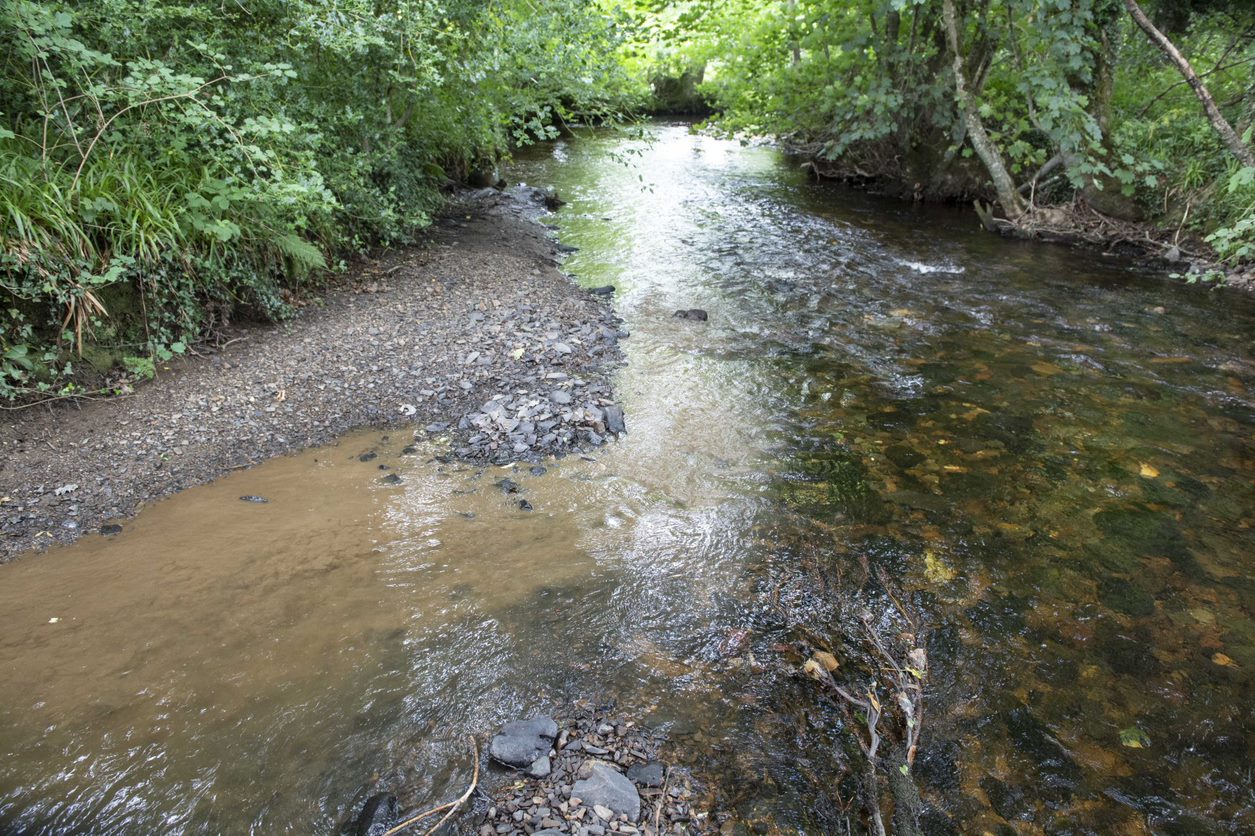
Fine sediments washing into rivers are a problem the world over, especially from land that has been deforested or turned to farmland. In the UK, only about 16% of UK freshwaters are in ‘good ecological status’.

The sediment particles themselves are a problem for aquatic wildlife, as are any pesticides or phosphorus fertiliser they transport, which can cause harmful explosions of oxygen-gobbling algae.
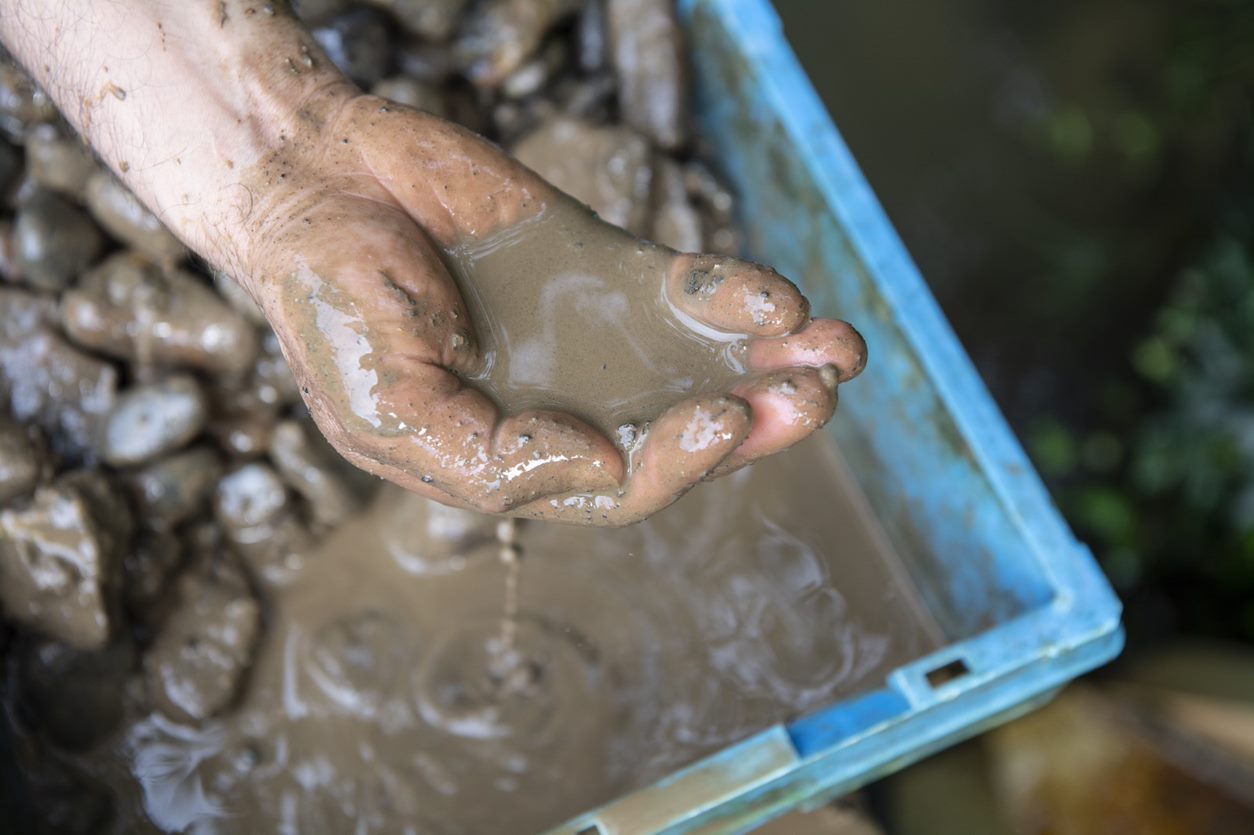
There are ways of comparing sediment samples to possible pollution sources based on their chemical composition and these can be matched with some accuracy.
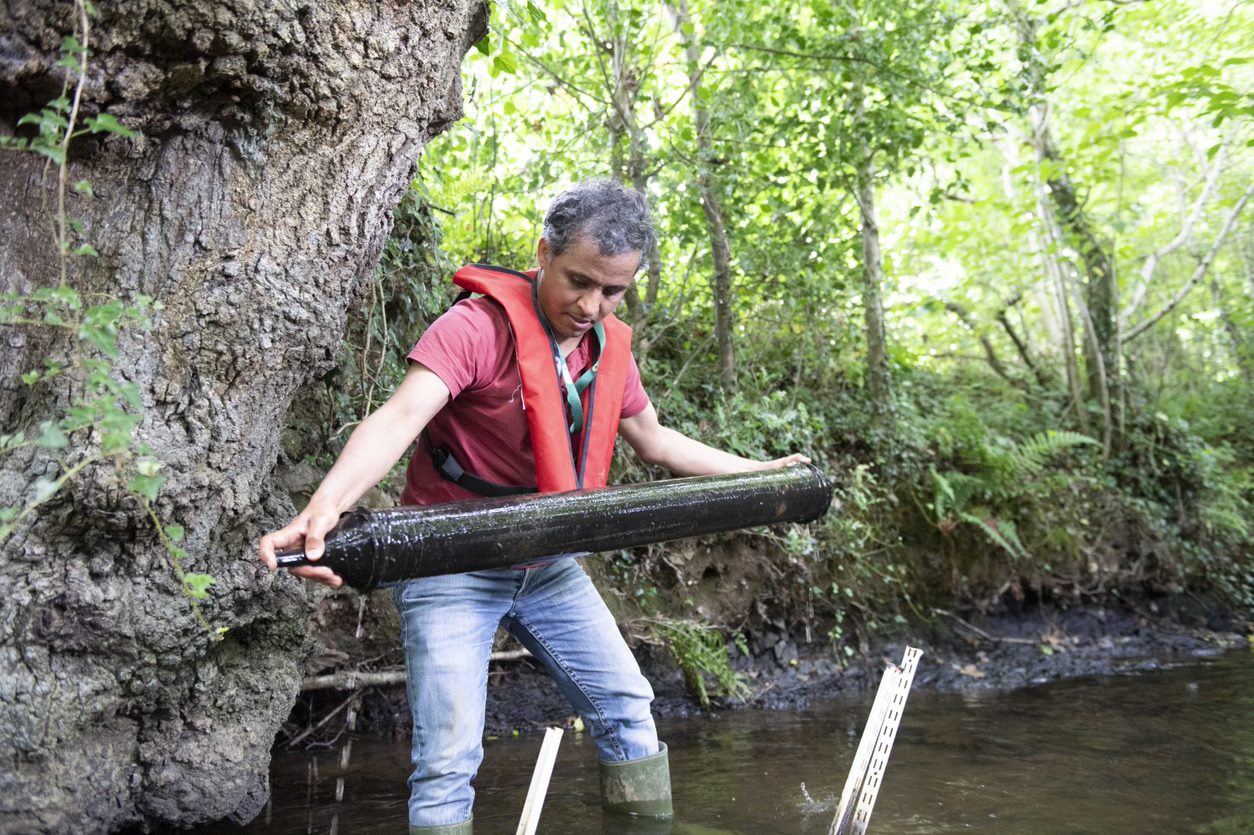
However, this approach is expensive, time consuming and requires considerable technical know-how and specialist equipment. As a result, many incidences of pollution that could be stopped, currently go untreated.
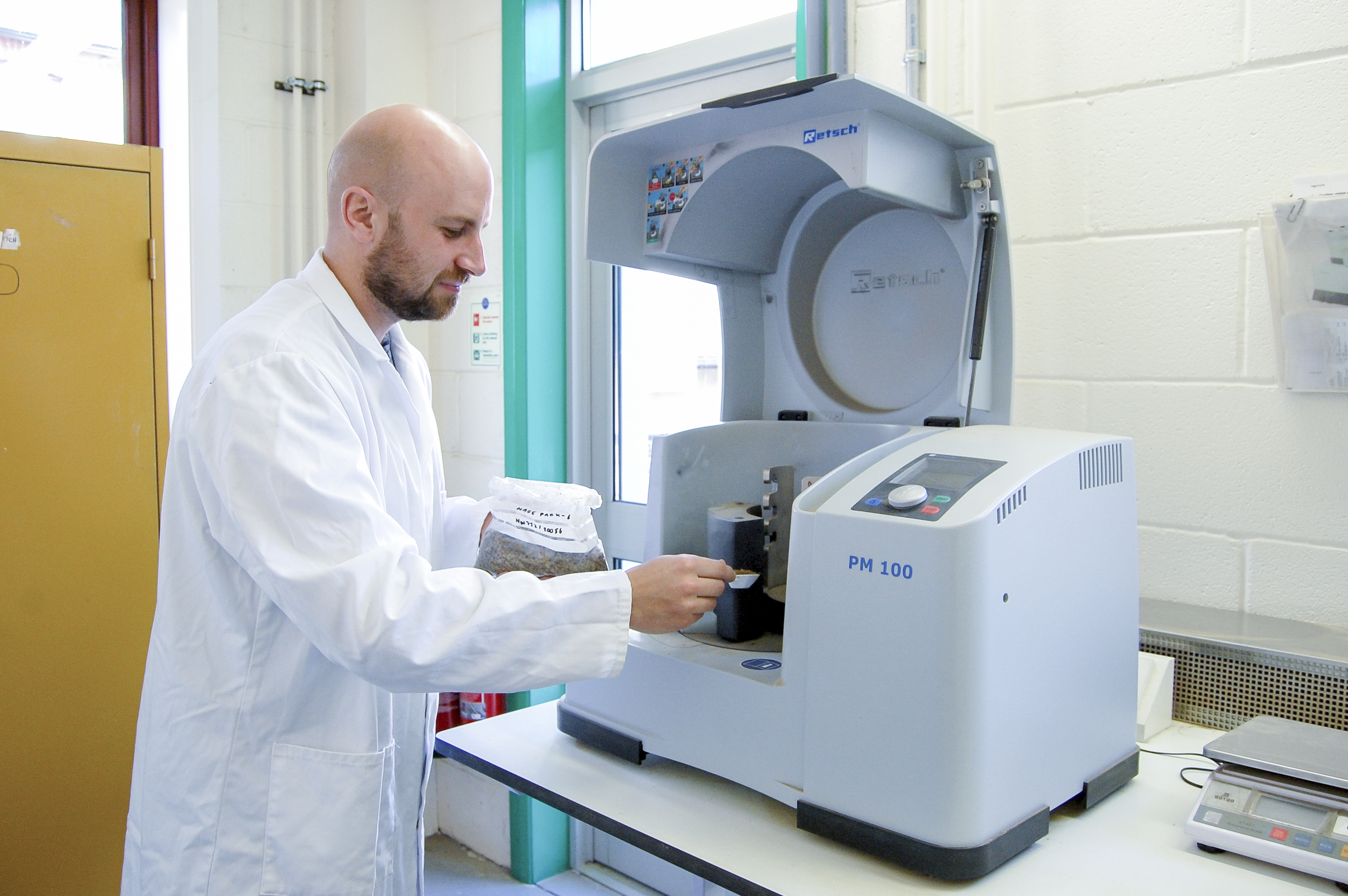
Back in the lab, Steve and Hari’s colleague, Dr Simon Pulley has been working on an alternative technique for pinpointing water pollution sources.

Once sediment and possible source samples haver been dried and sieved, they are put in clear bags and placed on a standard office document scanner.

The captured image is analysed using freely available software to obtain average red, blue and green values for each sample, which are then plotted against each other.

The technique has so far proved successful in discriminating the source of sediments in a variety of river catchments, comparing favourably to the results obtained by more complex chemical fingerprinting.
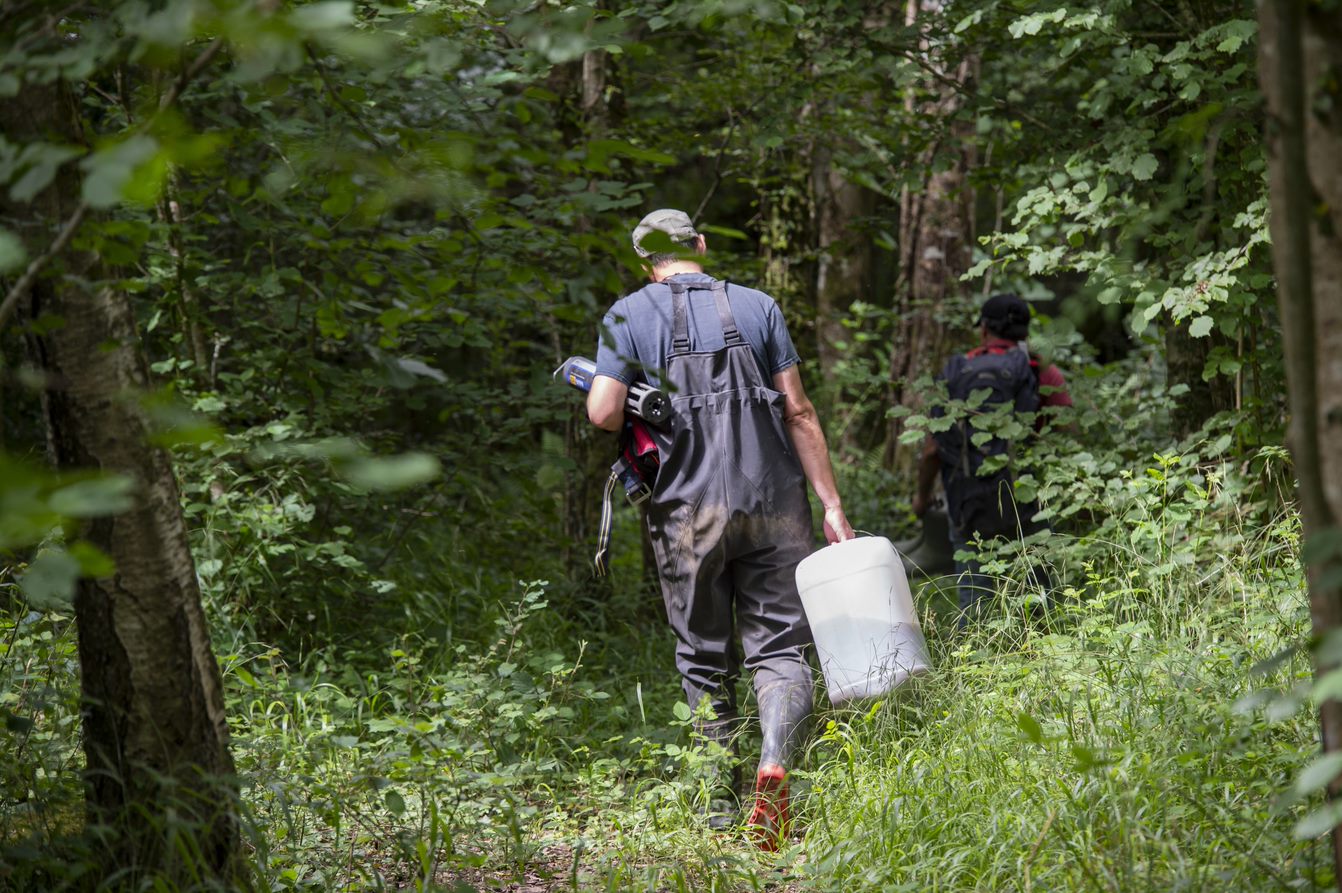
The hope of Simon, Steve, Hari and others is that it will provide a ground-breaking alternative to costly lab work for catchment managers looking to clean up the nation’s waterways.